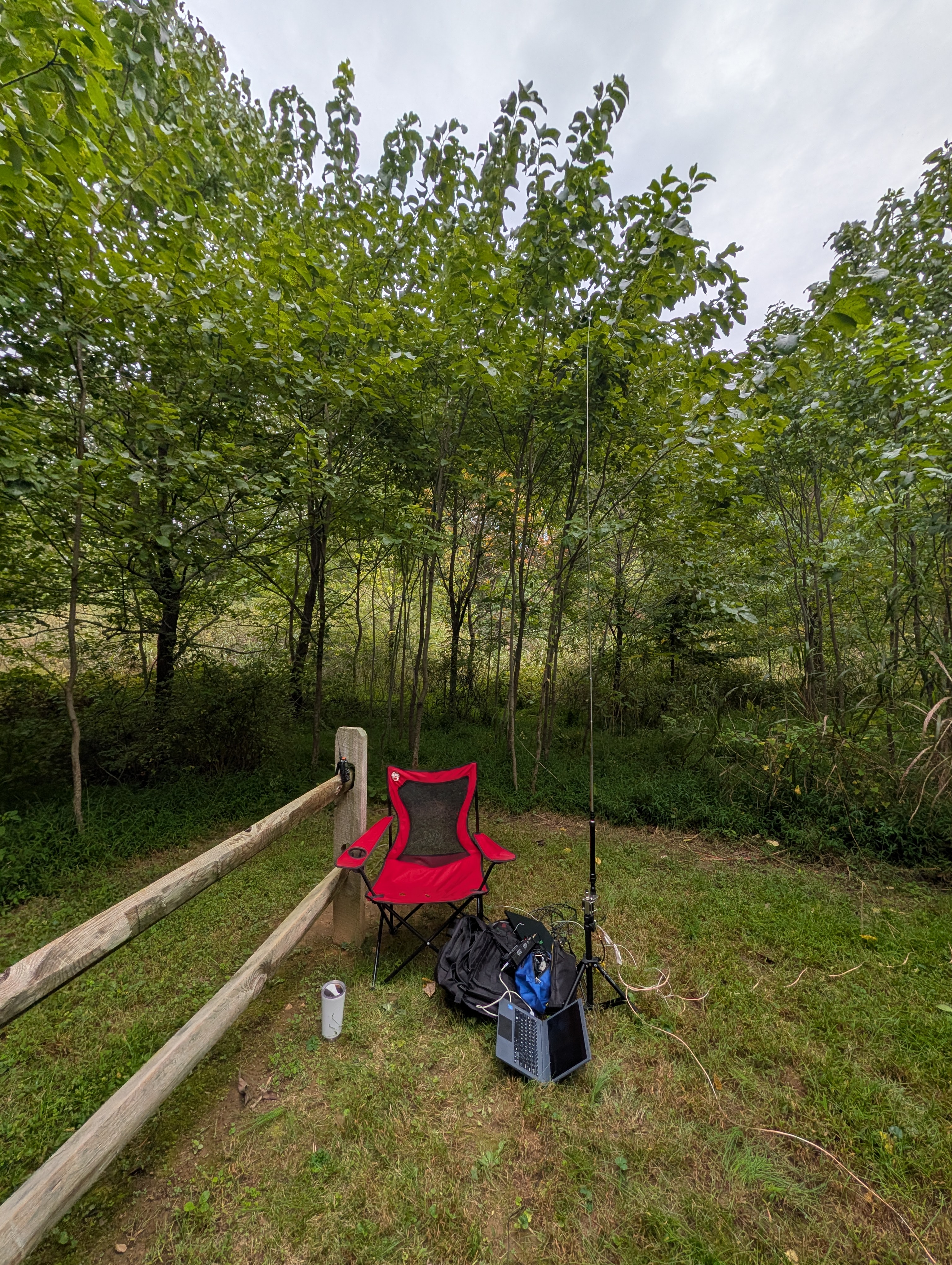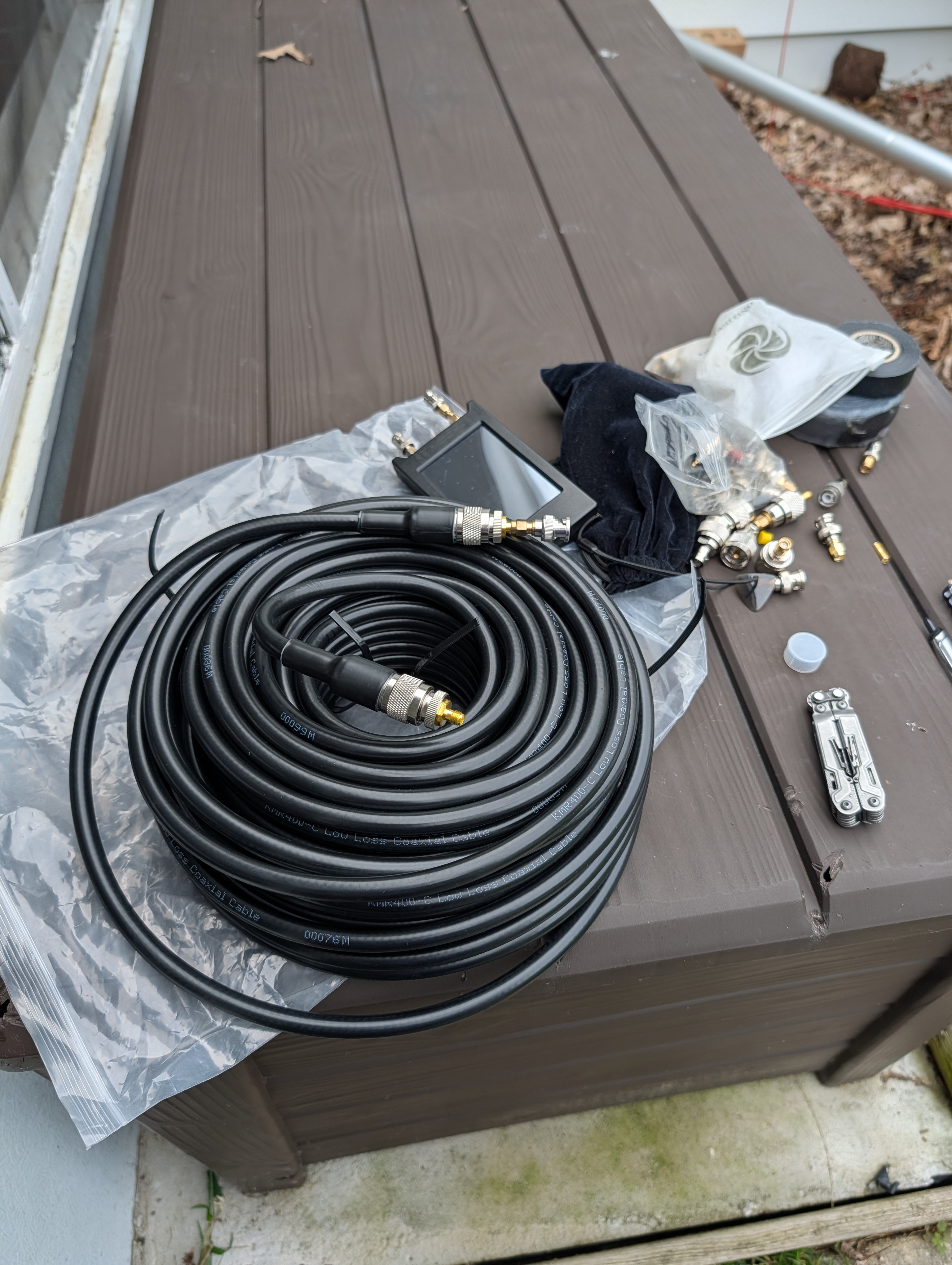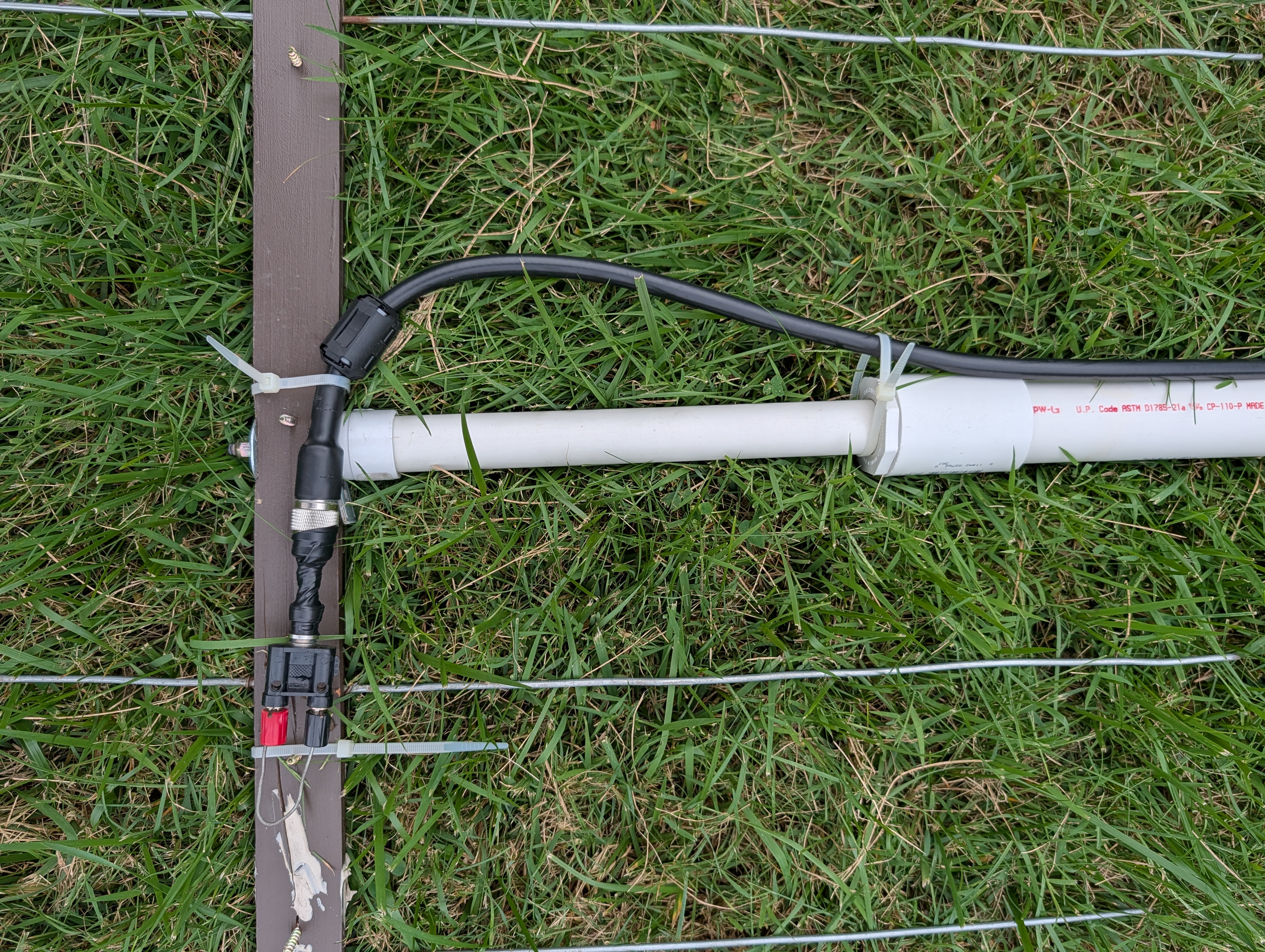My Week in Radio
- enjoyed getting to the breakfast
- great to be unemployed this summer
- time to find a job, though
- 10M open lots for FT8: Azores today with 4W
- headed to ham fest in harrisburg on saturday
- great collection of probes for my multimeters
Others
- W1RC, will:
- local hamfest flea market
- great gear
- ten tec 555 scout, a favorite
- adjustable bandwidth
- local hamfest flea market
- W3CRW, CR:
- breakfast
- AC3NW, Manny:
- considering budget and layout for first HF station
- WA3KFT, manny:
- some nets
- KC3SCY, Luke:
- working on CW
- building a rig
- WA3VEE, Ron:
- Perkasie RF Hill hamfest
- 10M this weekend for HF DX: CQ WW SSB Contest
- great for technicians
- acquired a cool cat whisker receiver before it got trashed
- to restore
- winter field day work
- AF3Z, Jim:
- carried QRP gear to the beach, but didn’t use it.
- KC3OOK, Bill:
- usual nets
- breakfast
- finished his table and a row of equipment
- working on a heath kit
- ordered a speaker for the heath kit
- KC3NZT, Harvey:
Questions
- AC3NW, Manny:
- Considering antennas for HF in his neighborhood.
- Trying to remain low-profile.
- Vertical for HF: Hustler 5BTV
- trapped vertical
- WA3VEE, Ron:
- used that antenna previously when he was a kid
- 190 countries
- 75m resonator
- WAS on 75M SSB
- for CW as well
- solar cycle 20
- Russia, China, Australia
- used raised verticals
- we’ve used that antenna at the field day site
- K3FS, Renee:
- an end-fed wire can be pretty invisible
- KC3NZT, Harvey:
- that vertical could be sort of conspicuous
- an 80m dipole with ladder line would be a great multiband
- has chosen to an EFHW for his home
- W1RC, Mike:
- likes his 130-ft EFRW + tuner for agility
- AC3NW, Manny:
- end-fed sounds interesting
- Considering antennas for HF in his neighborhood.
- K3FS, Renee:
- has an older amplifier, Clipperton L
- runs 4 5072 tubes.
- does not have a tuned front-end
- used pi network to match impedence to the amplifier
- there’s a tuning module that can be inserted to give 50-ohm interface for transceiver.
- doesn’t have that module
- would an automatic tuner match the amplifier that’s not tuned?
- WA3KFT, John:
- uses a 7300 with that Clipperton L for 10 meters
- has inserted an MFJ tuner between the transceiver and the amp.
- built-in tuner may not have enough range
- WA3VEE, Ron:
- has no trouble driving the Clipperton L with 7610
- caution: built a circuit to key it
- WA3KFT, John:
- also has a circuit of a transistor driving a relay to key the amplifier
- DIC relay
- WA3VEE, Ron:
- can share keying circuit to be safe
- KC3OOK, Bill:
- learning about his Clipperton L
- WA3VEE, Ron:
- another word of caution: look at the voltage on the relay.
- it’s driver at a high voltage, so it runs hot.
- use an LM317 regulator to bring it down
- K3FS, Renee:
- great to see so many Clipperton Ls around.
- already has some tuners to use
- thanks for relay advice
- will use a quiet relay
- KC3OOK, Bill:
- How would one adapt a new speaker impedance to an old radio that uses higher impedance? matching wattage?
- WA3VEE, Ron:
- speakers are pretty forgiving
- the volume may vary a little
- large speakers could require more current to move the cone
- try it and see
- AF3Z, Jim:
- 25W speaker doesn’t need 25W, that’s just the max
- KC3NZT, Harvey:
- speakers going into clipping is what damages them.
- sensitivity is rated in dB at 1W at 1M from the speaker
- pick a speaker that sounds good to you.
- Liisong speakers are a great option for radios
- pay attention to how it sounds. a clipping speaker sounds like garbage.
- 90dB is the benchmark: quite loud.
- 200-5000Hz is about what we need for SSB
- find 8ohms or higher
- KD3EMS, Chris:
- Church is using FRS Retevis radios, Does anyone have any recommendations for ear pieces for extended use?
- KC3NZT, Harvey:
- SAL Notes Zero


